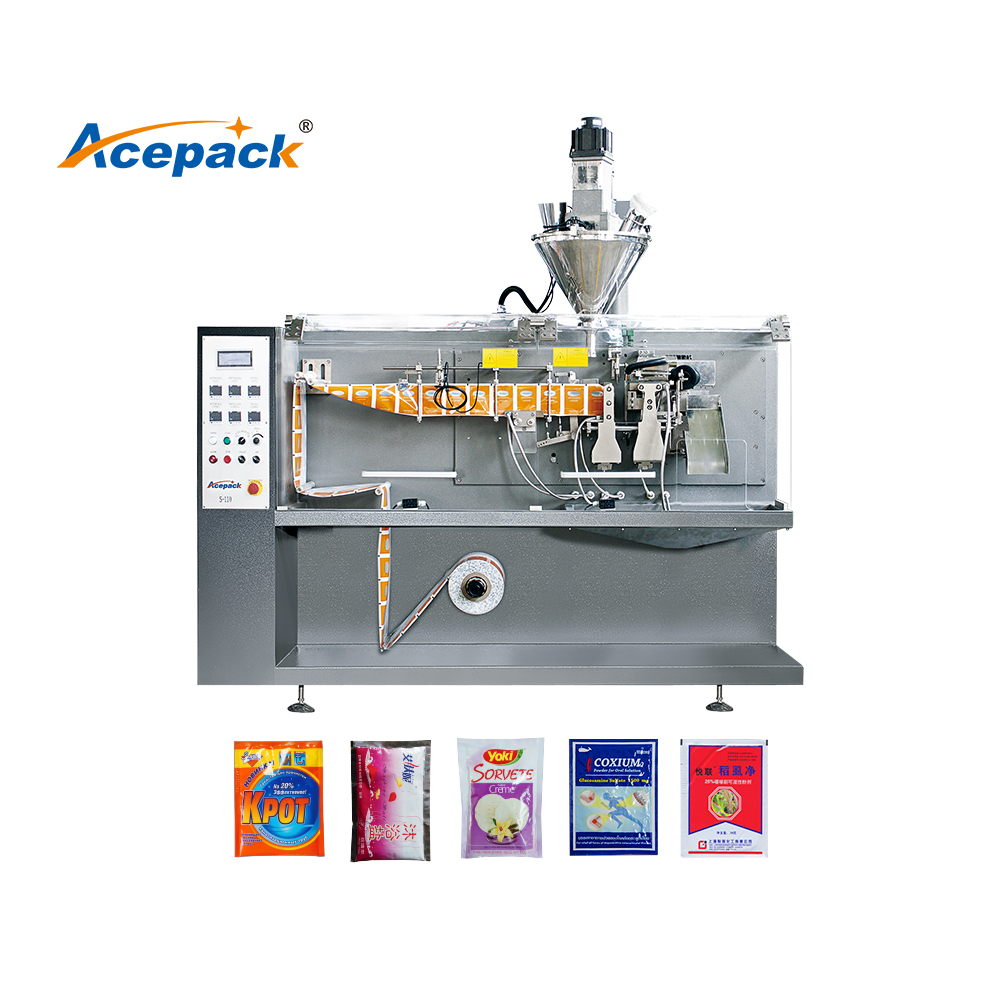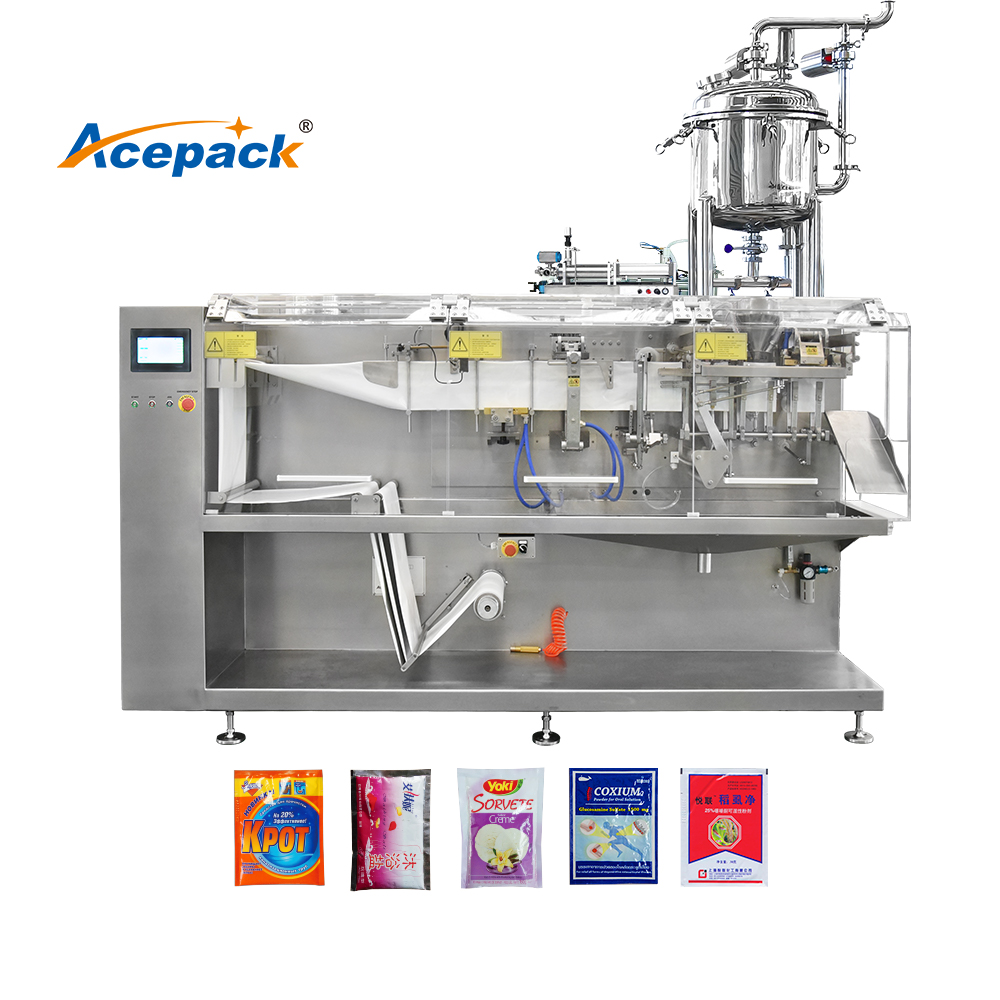Flat sachet packing machines have seen significant technological advancements in recent years. Modern machines are equipped with state-of-the-art PLC (Programmable Logic Controller) systems and HMI (Human-Machine Interface), enabling seamless and automated operations. These features ensure that packaging processes are not only faster but also more accurate, reducing the margin for error.


Moreover, the integration of sensors and smart algorithms allows for real-time monitoring and adjustments. This means that any anomalies in the packaging process can be detected and rectified immediately, ensuring consistent product quality. The automation and intelligent control systems also minimize human intervention, leading to higher efficiency and lower labor costs.
Versatility in Application:
One of the standout features of flat sachet packing machines is their versatility. They can handle a wide range of packaging materials, including laminates, foils, and various types of plastics. This flexibility makes them suitable for packaging diverse products such as powders, granules, liquids, and semi-liquids.
Industries such as food and beverage, pharmaceuticals, and personal care have particularly benefited from these machines. For instance, in the food industry, flat sachet packing machines are used to package items like sugar, salt, spices, and sauces, ensuring precise measurements and hygienic packaging. In the pharmaceutical industry, they are used for packing individual doses of medicines, which is crucial for maintaining dosage accuracy and safety.
Efficiency and Productivity:
The efficiency of flat sachet packing machines is unparalleled. These machines are capable of producing thousands of sachets per hour, significantly boosting production rates. Their high-speed operation does not compromise on quality, thanks to the advanced sealing and cutting mechanisms that ensure each sachet is perfectly sealed and cut to the right size.
Additionally, the modular design of many flat sachet packing machines allows for easy integration with other production line equipment. This means businesses can scale their operations efficiently, adding new capabilities as their needs grow without major overhauls or downtime.
Environmental Considerations:
As sustainability becomes a growing concern globally, flat sachet packing machines have adapted to meet these challenges. Modern machines are designed to minimize material waste, optimizing the use of packaging materials. This not only reduces costs but also lessens the environmental footprint of packaging operations.
Some machines are also compatible with biodegradable and recyclable materials, allowing companies to align with environmental regulations and consumer preferences for sustainable packaging options. This adaptability ensures that businesses can stay ahead in a market that increasingly values eco-friendly practices.
Conclusion:
Flat sachet packing machines are transforming the packaging industry with their advanced technology, versatility, and efficiency. They cater to the diverse needs of various sectors, driving productivity and ensuring high-quality packaging solutions. As technological advancements continue and sustainability becomes more critical, these machines are set to play an even more significant role in the future of packaging.
For businesses looking to enhance their packaging operations, investing in flat sachet packing machines offers a pathway to increased efficiency, cost savings, and environmental responsibility. The continued innovation in this field promises to bring even more sophisticated solutions, solidifying the flat sachet packing machine's position as a cornerstone of modern packaging technology.



